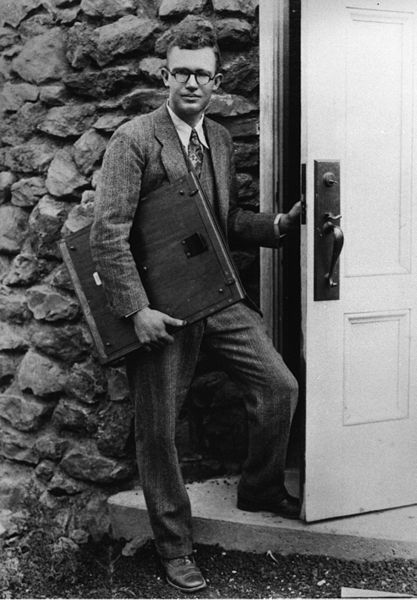Pluto is incredibly faint. You need a powerful backyard telescope to even see it as a dot, so it’s not surprising that Pluto wasn’t discovered until the modern age. Who discovered Pluto? That was the astronomer Clyde Tombaugh, who found Pluto on February 18, 1930.
Tombaugh worked as an astronomer at the Lowell Observatory in Flagstaff, Arizona. He was given the task of finding a trans-Neptunian object which was predicted by Percival Lowell and William Pickering – the search for Planet X. Tombaugh used a tool called a blink comparator to study two images of the same region of the sky taken several nights apart. He would display one image and then blink to the second image to see if any objects had moved from night to night.
And so on February 18, 1930, Tombaugh turned up just such an object moving at the right speed to be the unknown Planet X. The name “Pluto” was suggested by Venetia Burney, and 11-year old English school girl. Pluto was the name of the Roman god of the underworld, and Percival Lowell liked it because the first two letters started with PL, after his own initials.
Pluto was considered the 9th planet in the Solar System until 2006, when the International Astronomical Union reclassified Pluto as a dwarf planet, joining Eris and Ceres as the Solar System’s 3 dwarf planets. There are now only 8 planets in the Solar System.
We have written many articles about the discovery of planets in the Solar System. Here’s an article about who discovered Uranus, and here’s an article about who discovered Neptune.
If you’d like more info on Pluto, check out Hubblesite’s News Releases about Pluto, and here’s a link to NASA’s Solar System Exploration Guide to Pluto.
We’ve also recorded several episodes of Astronomy Cast about Pluto. Start here, Episode 64: Pluto and the Icy Outer Solar System.

